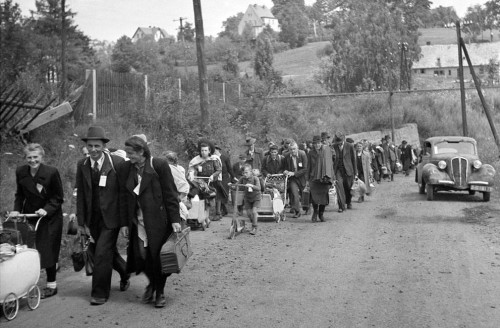There have been some major events in the world energy market lately. For the first update let’s start with Spain.
Spain and Renewables:
Spain under-took a massive effort to embrace renewable energy technologies. Per Bloomberg:
The country generated 23 percent of its electricity from renewable sources in 2010… wind power in April covered 25 percent of electricity demand, a record that saved 270 million euros in fossil fuel imports. At one point on April 19, wind covered 61 percent of power demand.
How did Spain become a pioneer in wind and solar? Simple. Massive tax breaks for these sorts of installations.
In the 2000s, Spain copied the German clean-power aid model, as did nations from Portugal to Israel and Japan, increasing subsidies to a pinnacle in 2007. That’s when a law granted 444 euros ($556) a megawatt-hour for home rooftop solar panels feeding the power grid, compared with an average 39 euros paid to competing coal- or gas-fired power plants. By 2009, the consumer bill for clean-energy aid had risen to 6 billion euros a year, ahead of the 5.6 billion euros in Germany, whose economy is almost four times bigger, according to the Council of European Energy Regulators… Solar energy was the biggest drag on the system, accounting for almost half of the annual 6 billion euros of liabilities and producing just above 2 percent of the power
Let’s do the math there again. Through state subsidies, the government was paying 444/39 = more than 11x the rate for solar panels. This understates the disparity because that 39 Euro per MWH on the other sides includes a much longer term investment horizon, while rooftop solar panels would have a correspondingly lower life span. To be fair, much of their renewable subsidies went to wind power, which while un-economic was less disastrously so than rooftop solar (with this level of subsidies). In addition to overpaying, the government was doing this on a massive scale, as noted above since the government largess was larger than Germany in absolute terms while their economy is much, much smaller.
The scale of over-building in these technologies was incredible. Per the article:
With peak electricity demand at less than half of capacity, the country doesn’t need more power plants, he said. Spain has a capacity of 99 gigawatts, and peak demand of 44 gigawatts.
This level of surplus power, (123%, or (99-44)/44)) is unprecedented. By contrast, in the United States in 2010, our surplus (summer) capacity is 19.2%, per the EIA document summarized here.
Recently Spain has undergone an austerity crisis and the government stopped subsidizing new energy installations. What happened? The industry immediately evaporated.
Saddled with a budget deficit more than twice the European Union limit and a ballooning gap between income and costs in its power system, Spain halted subsidies for new renewable-energy projects in January. The surprise move by Prime Minister Mariano Rajoy one month after taking office helped pierce investor confidence in stable aid for clean energy across Europe. “They destroyed the Spanish market overnight with the moratorium,” European Wind Energy Association Chief Executive Officer Christian Kjaer said in an interview. “The wider implication of this is that if Spanish politicians can do that, probably most European politicians can do that.”
In addition to halting the bleeding of government finances caused by the end to these massive subsidies for new installations, the “green jobs” immediately melted away.
The 75,466 renewable energy jobs that existed in Spain at the industry’s peak in 2008 shrank to 54,925 in 2010, according to the Renewable Energy Producers Association’s most recent data.
Likely this job loss will further accelerate since in 2010 there still were some subsidies available; now the subsidies have been completely eliminated, thus de-facto decimating the industry in Spain.
It is important to note that this Spanish “investment” in renewable technologies often can’t be leveraged by industrial producers because wind power is intermittent (and expensive) and much of the solar was implemented for individual households. By contrast, the US shale gas boom, tied with expansion of gas-fired plants making up a larger percentage of the total capacity base (and in particular the “base load” capacity base), has made America more competitive for industrial producers and led to economic growth (or a slowdown in relative decline) in energy-intensive industries. This document (by an industry source, but likely directionally correct) states the following:
The lower natural gas prices achieved with shale gas production will result in an average reduction of 10% in electricity costs nationwide over the forecast period. By 2017, lower prices will result in an initial impact of 2.9% higher industrial production. By 2035, industrial production will be 4.7% higher.
On a larger scale, Spanish “investment” in renewable energy didn’t make the country more competitive from a manufacturing perspective nor did it reduce the cost of energy to the average homeowner. It created a class of economic parasites that evaporated as soon as the subsidies went away. The Spanish companies that thrived off the boom are now moving overseas to attempt to compete with local entities in other countries where subsidies still exist that could make renewables viable.


